Why “Metal Injection Molding Cost” Keeps Engineers Up at Night
If you have ever opened your inbox to a supplier quote and thought, “Whoa, that’s way higher than I budgeted,” you’re not alone. The truth is, metal injection molding cost can swing from a few bucks per part to more than a fancy laptop, and the reasons aren’t always obvious. Let’s break the numbers down so you can quote with confidence—and maybe even sleep tonight.
What Exactly Goes Into MIM Pricing?
First, picture a pie chart sliced into four hefty wedges. Each wedge represents a major cost driver: raw metal powder, binder feedstock, molding & debinding hours, and the sintering furnace cycle. If one of those wedges grows—say, your chosen 17-4 PH stainless powder suddenly jumps 20 % on the London Metal Exchange—the total price inflates faster than a balloon on a summer afternoon. In other words, metal injection molding cost is never a fixed line item; it’s a living equation.
Second, don’t forget the “hidden” slices: tooling amortization, secondary machining, and quality paperwork. Suppliers rarely advertise these, yet they can outrun the raw material expense once you need tight tolerances or mirror-like surfaces. Always ask for a cost-breakdown sheet; it keeps everyone honest.
How Batch Size Can Save—or Sink—Your Budget
Here’s a quick thought experiment. Imagine you need 3,000 micro gears for a medical device. A low-volume shop may quote you $2.40 apiece. Bump the order to 30,000 units, and the same part can drop to $0.85. Why such a steep cliff? Because the furnace batch can be filled to capacity, cutting the per-hour sintering cost by a mile. Translation: metal injection molding cost loves volume almost as much as social media loves cat videos.
Yet there’s a ceiling, too. Once you exceed roughly 100,000 identical parts, traditional press-sinter or CNC machining may reclaim the crown. The sweet spot for MIM usually hides between 5,000 and 150,000 pieces—keep that range tattooed on your project notebook.
Design Tweaks That Trim Dollars Without Killing Function
- Wall thickness: Keep it between 2 mm and 6 mm. Thicker sections slow debinding and raise sintering distortion risk, both of which inflate metal injection molding cost.
- Under-cuts: Eliminate them or add sliding features in the tool. Every extra slide adds $1,200–$2,500 in tooling cost.
- Surface finish specs: If Ra 0.8 µm works, don’t chase Ra 0.2 µm. Each jump can add 15 % to post-processing.
Oh, and here’s a neat hack: talk to your designer about “design for sintering.” This is basically DFM for MIM, and it can shave 8–12 % off your total spend without anybody noticing—except your finance team, who’ll grin like Cheshire cats.
Raw Material Indexing: The Supplier Trick That Protects You
Metal powders trade like commodities, so smart buyers link the contract to an index—say, the average of the past three months on the LME. When the index climbs more than 5 %, the part price adjusts upward; when it drops, you pocket the savings. Not every shop offers this, but those who do are basically giving you a financial airbag against volatile metal injection molding cost.
Hidden Cost #1: Tolerance Tighteners
Need ±0.1 % linear shrinkage instead of the standard ±0.3 %? Cool, but plan on extra machining, coining, or HIP (hot isostatic pressing). These post steps can double the base price faster than you can say “Cpk 2.0.” If you can open the tolerance even 0.05 mm, do it; your accountant will send you a thank-you card.
Hidden Cost #2: Export Compliance
Sending cobalt-chrome parts from the U.S. to Germany? You might need an ECCN classification and end-use statement. Miss that checkbox and FedEx halts your shipment, racking up storage fees. The lesson: geopolitics is quietly baked into metal injection molding cost, especially for defense or medical grades.
Case Snapshot: Automotive Sensor Housing
A Tier-1 car maker required 50,000 sensor housings in 316 L stainless. Early quotes landed at $1.95 each. By switching to a self-indexing raw-material clause, consolidating two drilled holes into an as-molded D-shape, and raising the annual forecast to 80,000, the final price settled at $1.19. That’s a 39 % reduction—proof that smart engineering plus procurement negotiation can bulldoze metal injection molding cost without sacrificing performance.
Is China Always Cheaper? A Reality Check
Many engineers assume offshore means automatic savings. In reality, once you add ocean freight (up 300 % since 2020), import duty (often 2–7 %), and the risk of a 6-week production queue, the landed cost can match—or exceed—domestic pricing. Plus, IP leakage is real. So yeah, China can be cheaper, but only if you’re ordering north of 200,000 parts and have a rock-solid supply-chain team. Otherwise, near-shoring in Mexico or Eastern Europe may yield a lower total metal injection molding cost when you factor in cash-to-cash cycle time.
Quick Checklist Before You Sign the PO
- Request a cost-breakdown with at least six line items.
- Confirm powder lot traceability—your FMEA will thank you.
- Negotiate tooling amortization across the forecast, not upfront.
- Ask for a capacity study; 30,000 parts a year in a 24/7 furnace is very different from 300,000.
- Lock in an index-based material clause to curb price creep.
Final Thoughts: Treat Cost as a Design Variable
At the end of the day, metal injection molding cost is less of a mystery and more of a design variable. Engage your supplier early, share volume forecasts honestly, and iterate the geometry for sintering-friendly features. Do that, and the quote that once looked scary will start to look—dare I say—downright delightful.
So, how much does metal injection molding cost in 2024? Well, it depends on how smartly you play the variables. But now you’ve got the playbook; go cut that price like a pro.
continue reading
Related Posts
Precision mold manufacturing isn’t just a buzzword tossed around at
Why Cost-Cutting in Plastic Injection Molding Feels Like Walking a
Why Custom Plastic Injection Molding Is Everywhere Right Now Open
